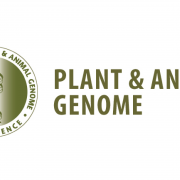
Visit us at PAG2020: ASPB, journals, and writing first aid
BlogASPB, The Plant Cell, Plant Physiology and Plant Direct will be attending PAG2020 (Plant and Animal Genome) in San Diego this coming January 11-15. Come by our booth to learn more about our journals, our educational and digital programs, and the benefits of ASPB membership.
Also, you can take the…
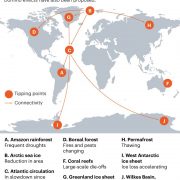
Comment: Climate tipping points — too risky to bet against (Nature)
Plant Science Research WeeklyComment: Climate tipping points — too risky to bet against
This Comment in Nature by Lenton et al. (leaders in climate study and policy) is making headlines, as it points to the serious implications of continuing climate change. It’s worth looking at the article itself, not just the digested version.…
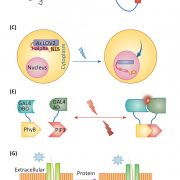
Review: Design and engineering of advanced plant optogenetics systems (TIPS)
Plant Science Research Weekly
Review: Design and engineering of advanced plant optogenetics systems
Optogenetics uses light-sensitive proteins to trigger specific outputs in the cell in response to particular wavelengths of light. Many optogenetic systems use chimeric proteins that contain different sensor and effector…
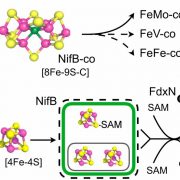
Biosynthesis of the nitrogenase active-site cofactor precursor NifB-co in Saccharomyces cerevisiae (PNAS)
Plant Science Research WeeklyNitrogenases are large, multisubunit enzymes that require complex metal cofactors. They are the only enzymes capable of fixing N2 into usable form, and are only produced by some archaea and bacteria; “nitrogen-fixing” legumes actually depend on the presence of their bacterial symbionts for this function.…
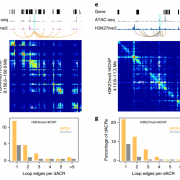
Widespread long-range cis-regulatory elements in the maize genome ($) (Nature Plants)
Plant Science Research WeeklyThe chromatin landscape is key in the regulation of gene expression. Many studies have been made in Arabidopsis, but its genomic architecture is different to other plants. Here Ricci et al. present a very comprehensive study of chromatin analysis in maize. This work includes a huge amount of sequencing…

The prevalence, evolution and chromatin signatures of plant regulatory elements ($) (Nature Plants)
Plant Science Research WeeklyWith a wide range of genome sizes and varying architectures, understanding the evolution and function of non-coding regions is not straightforward in plants. Nevertheless, many advances are coming out that will shed light on this complex scientific problem. Lu et al. performed ATAC-seq to study chromatin…
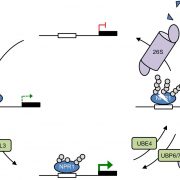
Dynamic ubiquitination determines transcriptional activity of the plant immune coactivator NPR1 (eLIFE)
Plant Science Research Weekly
Dynamic ubiquitination determines transcriptional activity of the plant immune coactivator NPR1
Plants (and animals) need to strike a delicate balance when activating their immune responses: not too much and not too little. The transcriptional coactivator NPR1 [nonexpressor of pathogenesis-related…
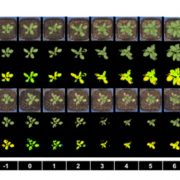
The use of high throughput phenotyping for assessment of heat stress-induced changes in Arabidopsis (bioRxiv)
Plant Science Research WeeklyWith global temperatures rising, tolerance to heat is becoming increasingly important as a breeding target for crop plants, but it is a highly complex response that includes processes including plant cooling capacity, growth recovery, and maintenance of photosynthesis. Using Arabidopsis, Gao et al. developed…
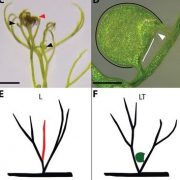
Evolution of carnivorous traps from planar leaves through simple shifts in gene expression (Science)
Plant Science Research WeeklyWhen is a leaf not a leaf? When it’s a trap. Just about everyone, including Charles Darwin, has been fascinated by carnivory in plants, which involves the development of structures that capture or trap food. Whitewoods, Gonçalves, Cheng et al. investigated how traps form in the humped bladderwort…

